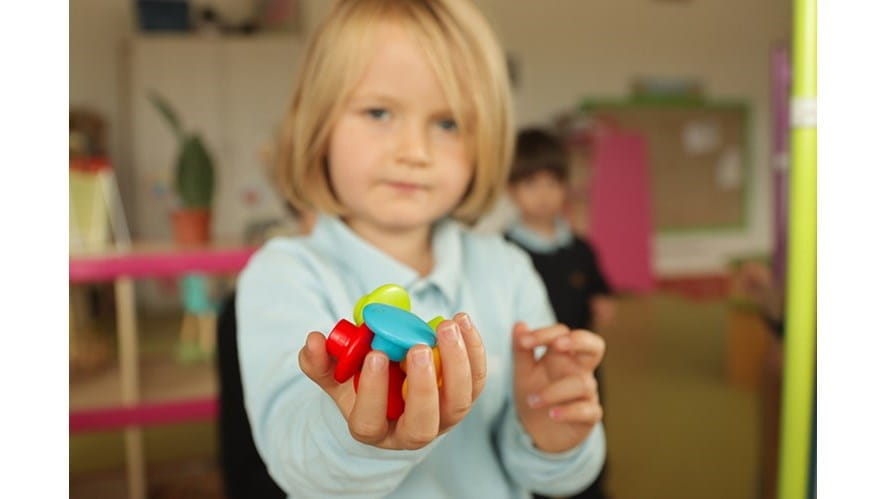Webinar: Learning Beyond the Classroom
05 February | 12:30 - 13:15 | via Zoom

“Having taught in the Early Years for almost 18 years, I have developed a habit of finding 'awe and wonder' in many items that might be thought of as rubbish or junk. I have always collected things to bring into my classroom for the children to explore. I regularly bring in real life items such as buttons, old telephones, tea sets, picture frames, wooden objects, old trays or boxes with compartments. Often I just set them up in the classroom and watch the children explore them. I also like to encourage young children to get creative and build things using junk, such as empty cereal boxes, paper towel tubes, egg or fruit cartons.”
“These items and elements are today referred to as ‘loose parts' and are a very popular in the Early Years Education, although, like most things, they have been used for many years. Loose parts fuel imagination, creativity and curiosity, and help children identify and express wants and needs. They are much more versatile than pre-designed toys with a limited purpose, and create endless possibilities for play and learning opportunities.”
“The loose parts can be used indoors and outdoors and allow children to use their imagination, problem-solving skills and critical thinking skills - all attributes identified by early childhood professionals as characteristics of effective learners - better than if we just gave them a toy, e.g., a car, a boat or a house. Outside, for example, we build with tyres, wooden boards, old boxes, buckets and drainpipes, just to name a few. We look at photos, think about what we want to build and talk about what we need for our plans. For example, if we decide to build a car out of boxes and wheels, we set out to find loose parts that we can use as a steering wheel or horn, and then start building. By exposing the children to changing environments and learning opportunities, their vocabulary is expanded through play and their language development is accelerated.”
At LCIS we carefully choose the items we introduce to the children. Items that can be used for different purposes are best suited to promote open-ended play. Single-purpose toys have their raison d'être with younger children, but limit the opportunities for learning and discovery for your Early Years child.
What do you have in the house that could be used for open-ended play? Buttons, stackable boxes, materials, clothes pegs, string, old cardboard boxes? Lay them out and see what the children do with them. Use "I wonder" questions to stimulate ideas.
Can you make a cave or a vehicle out of items from your house? Involve the children in making it too.
Can you create a picture outside with natural materials such as stones, leaves and sticks?